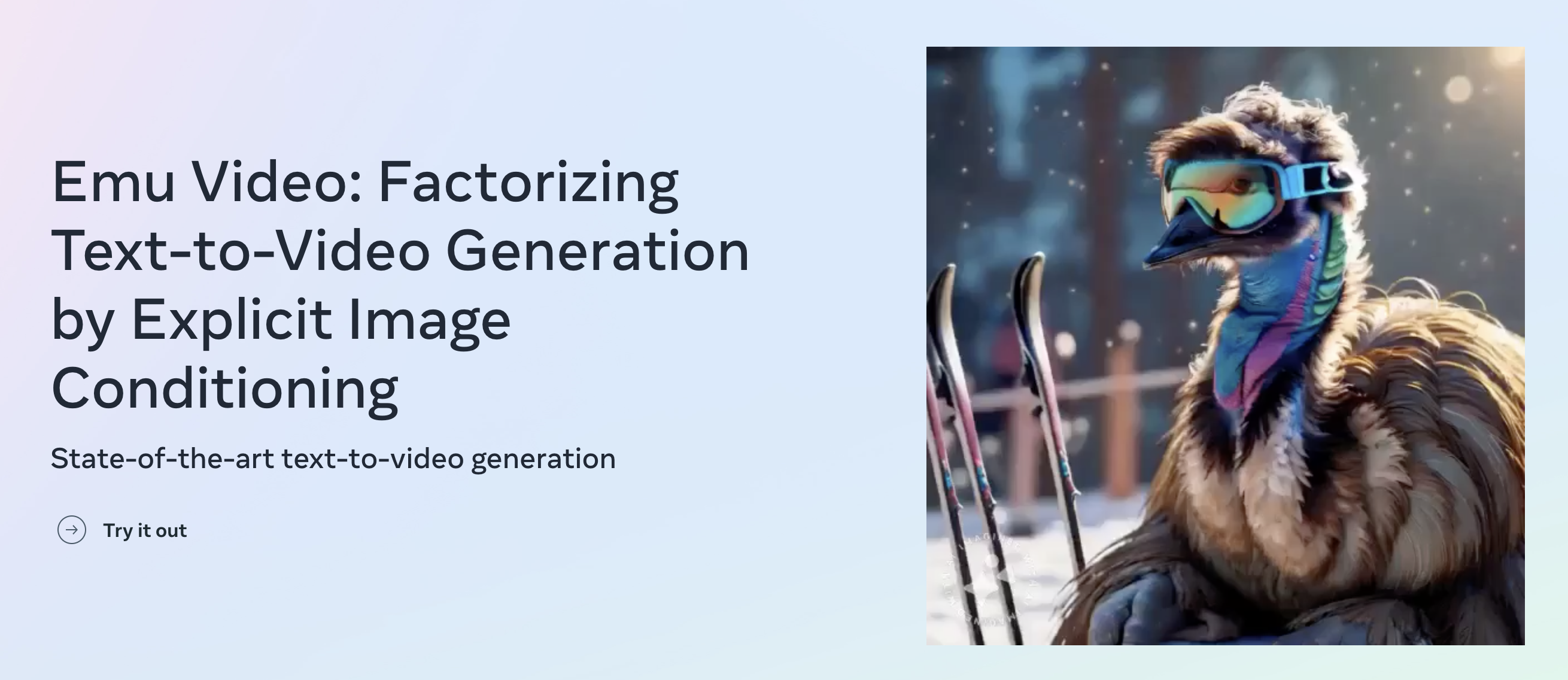META's Emu
Introducing Emu Video and Emu Edit, Latest generative AI research milestones

Introducing Emu Video and Emu Edit, Latest generative AI research milestones


Meta's Emu AI: Revolutionizing Multimodal Content Creation
Meta's Emu (Expressive Media Universe) is a groundbreaking generative AI model designed to seamlessly integrate text, image, and video modalities within a unified framework. Introduced in 2023, Emu powers two flagship tools: Emu Video, which generates short videos from text or images, and Emu Edit, an instruction-based image editing system. Emu's architecture enables it to perform a wide range of multimodal tasks, including image captioning, text-to-image generation, text-to-video generation, and guided image editing, all within a single autoregressive model.
Emu serves as a versatile foundation model that unifies multiple modalities—text, image, and video—within a single architecture. Its primary functionalities include:
Emu employs a Transformer-based autoregressive architecture trained on large-scale datasets comprising text, images, and videos. Its operation involves:
Emu's capabilities open up a wide array of applications across different domains:
Emu is designed to cater to a diverse range of users:
Meta's Emu represents a significant leap forward in the field of generative AI, offering a unified model capable of handling text, image, and video modalities. Its tools, Emu Video and Emu Edit, demonstrate the potential of AI to revolutionize content creation, making it more accessible and efficient. While currently in the research phase, Emu's capabilities hint at a future where high-quality, AI-generated multimedia content becomes an integral part of various industries, from entertainment and education to marketing and design. As Meta continues to develop and refine Emu, it is poised to become a cornerstone in the evolving landscape of multimodal AI applications.